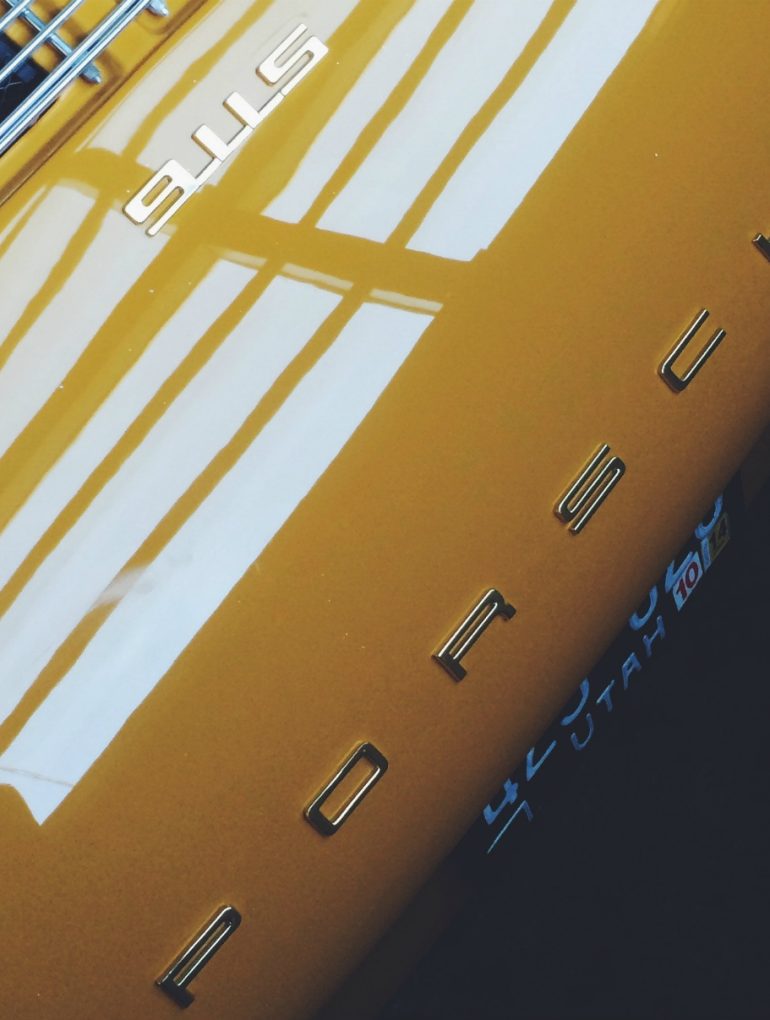Join Us on a Deep Dive Into Porsche: Their History, Racing Achievements, & Iconic Cars
For nearly seventy years, the name Porsche has been synonymous with some of the finest, best-engineered automobiles the world has ever known.
The cars, which boast superior German engineering, are recognized as the most reliable, best handling, performance-driven sports cars both on the racetrack and the open road. Owners and enthusiasts alike will agree that – when it comes to both drivability and collectability – a Porsche is almost always a sure thing; a winner on race day and an investment that will only appreciate in value over time.



